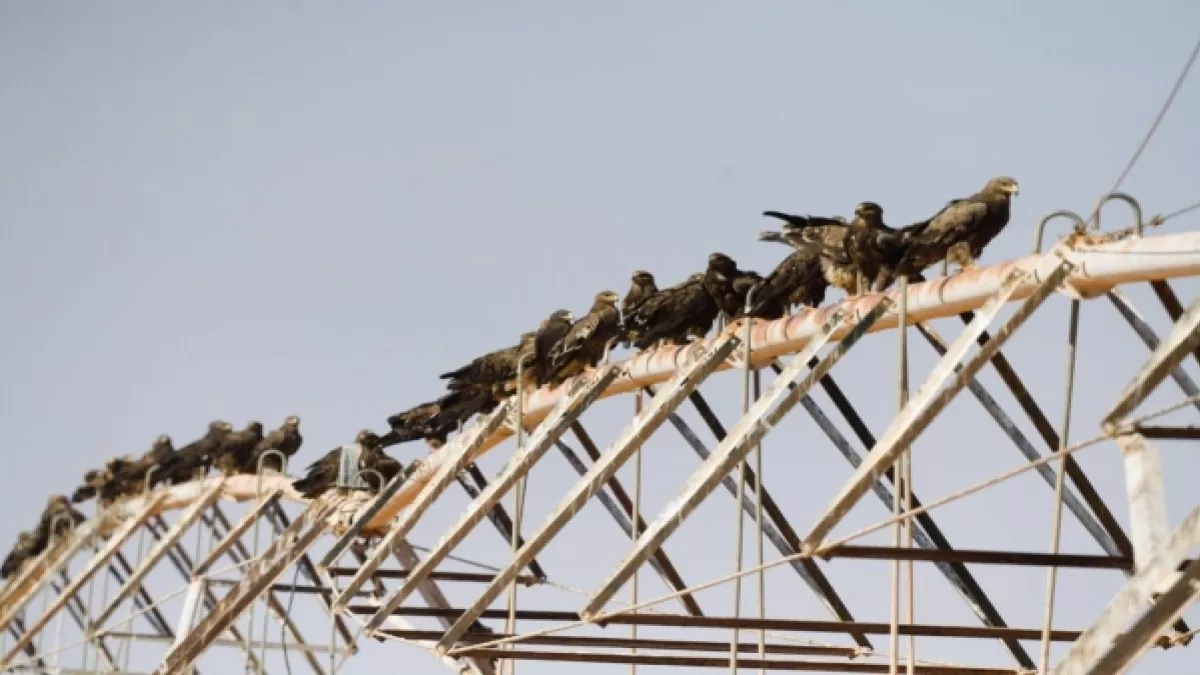
A team of ecological of experts during the fall migration survey observed nearly 3,000 birds of prey at King Salman Bin Abdulaziz Royal Natural Reserve (KSRNR). The birds are utilizing KSRNR’s habitats as a safe haven during winter, most notably the Steppe Eagle (Aquila Nipalensis) and Imperial Eagle (Aquila Heliaca), which are globally endangered according to the classification of the International Union for Conservation of Nature (IUCN).
KSRNR has been a significant site for the congregation of a large number of resident and winter visitor birds of prey. The presence of these birds is important for the integrity of the ecosystem as they feed on tons of organic waste of dead animals during their seasonal migration journeys, thus working to reduce the spread of diseases and infections in the environment and among the local community.
Biodiversity protection and conservation is one of the main objectives of KSRNR, especially by providing natural habitats to endangered and endemic species. The reserve's conservation team is working on action plans to protect wild species and their habitats to ensure their sustainable presence in optimum numbers, as well as protect the species from threats such as hunting, collision, poisoning, and electrocution. This is done through the adoption of ongoing baseline surveys, monitoring, and conservation programs.
KSRNR embraces a spectacular geographical and biological diversity, as the largest reserve on the Asian continent, including threatened species such as Arabian Oryx (Oryx leucoryx), Nubian Ibex (Capra nubiana), Arabian Sand Gazelle (Gazella Marica), Asian Houbara (Chlamydotis Macqueenii) and Griffon Vulture (Gyps fulvus). It is a unique cultural heritage that includes a listed UNESCO World Heritage Site.
